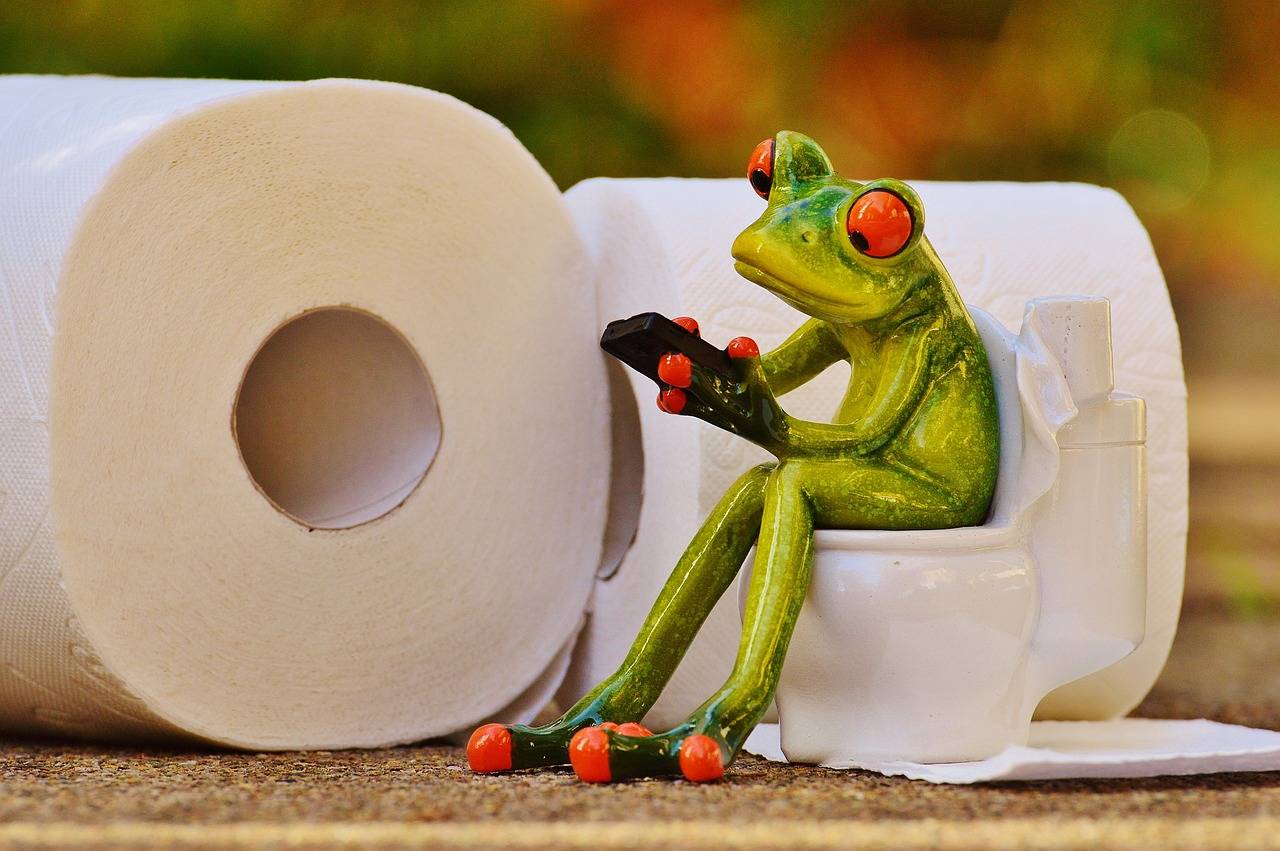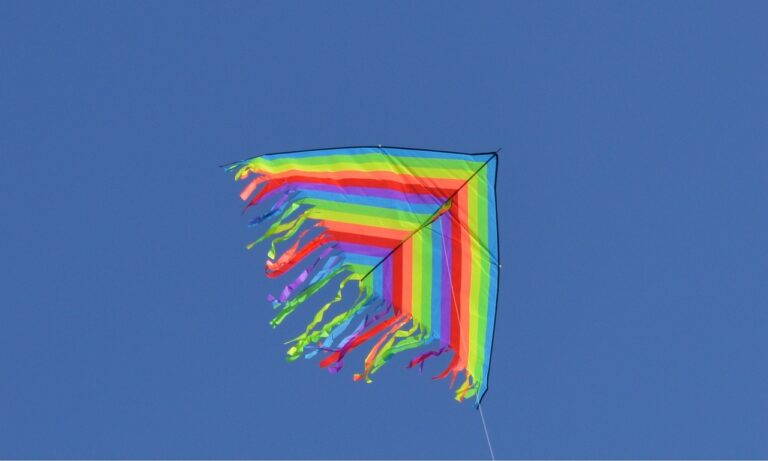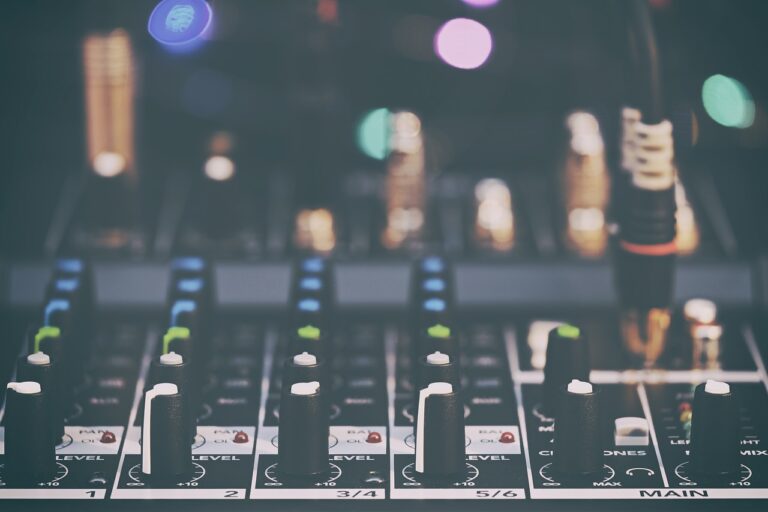Exploring Sound Editing in Art Installations: Creating Interactive Experiences: 11xplay reddy login, Laser247, Skyinplay exchange
11xplay reddy login, laser247, skyinplay exchange: Exploring Sound Editing in Art Installations: Creating Interactive Experiences
Have you ever visited an art installation that not only caught your eye but also engaged your senses through sound? Sound editing is a powerful tool that artists use to create immersive and interactive experiences in their installations. By manipulating audio elements, artists can evoke emotions, set the mood, and even guide the audience through a multi-sensory journey.
Whether you’re an artist looking to incorporate sound editing into your next project or an art enthusiast curious about this fascinating medium, let’s delve into the world of sound editing in art installations.
Introduction to Sound Editing in Art Installations
Sound editing in art installations involves manipulating audio recordings to create a specific atmosphere or convey a message. Artists can use a variety of techniques, such as layering sounds, adding effects, or playing with pitch and tempo, to enhance the visual components of their installations.
Sound editing adds a new dimension to art installations, allowing artists to engage audiences on a deeper level and create dynamic, interactive experiences.
The Role of Sound Editing in Creating Interactive Experiences
Sound editing plays a crucial role in creating interactive experiences in art installations. By incorporating interactive elements, such as motion sensors or touch-sensitive interfaces, artists can trigger different audio effects based on the audience’s movements or interactions.
For example, visitors may hear different sounds as they move through a space or touch specific objects within an installation. This interactivity not only enhances the overall experience but also invites audiences to become active participants in the artwork.
Tips for Effective Sound Editing in Art Installations
1. Start with a clear concept: Before diving into sound editing, define the concept and goals of your installation. What emotions do you want to evoke? What message do you want to convey?
2. Consider the space: Take into account the acoustics and layout of the space where your installation will be displayed. Adjust the volume, timing, and positioning of audio elements accordingly.
3. Experiment with different techniques: Don’t be afraid to try new sound editing techniques and effects. Play around with layering, looping, and manipulating sounds to create unique auditory experiences.
4. Test and iterate: Invite people to experience your installation and gather feedback. Use this feedback to refine your sound editing and make adjustments as needed.
5. Collaborate with sound professionals: If you’re not familiar with sound editing, consider partnering with a sound designer or engineer who can help you achieve the desired audio effects.
6. Have fun with it: Sound editing in art installations is a creative process, so don’t be afraid to think outside the box and experiment with unconventional ideas.
FAQs
Q: Can I use copyrighted music in my art installation?
A: It’s best to use original or royalty-free music to avoid copyright issues. If you must use copyrighted music, make sure to obtain the necessary permissions from the rights holders.
Q: How can I sync sound with visual elements in my installation?
A: Use software programs like Ableton Live or Max/MSP to sync audio and visual elements in real-time. These programs allow for precise control over timing and synchronization.
Q: What equipment do I need for sound editing in art installations?
A: Basic equipment includes a computer, audio editing software, microphones, speakers, and possibly MIDI controllers or other input devices for interactivity.
In conclusion, sound editing in art installations offers endless possibilities for artists to create immersive and interactive experiences for their audiences. By experimenting with different techniques, collaborating with sound professionals, and embracing interactivity, artists can elevate their installations to new heights. So, the next time you visit an art installation, take a moment to appreciate the role that sound editing plays in shaping your experience.







